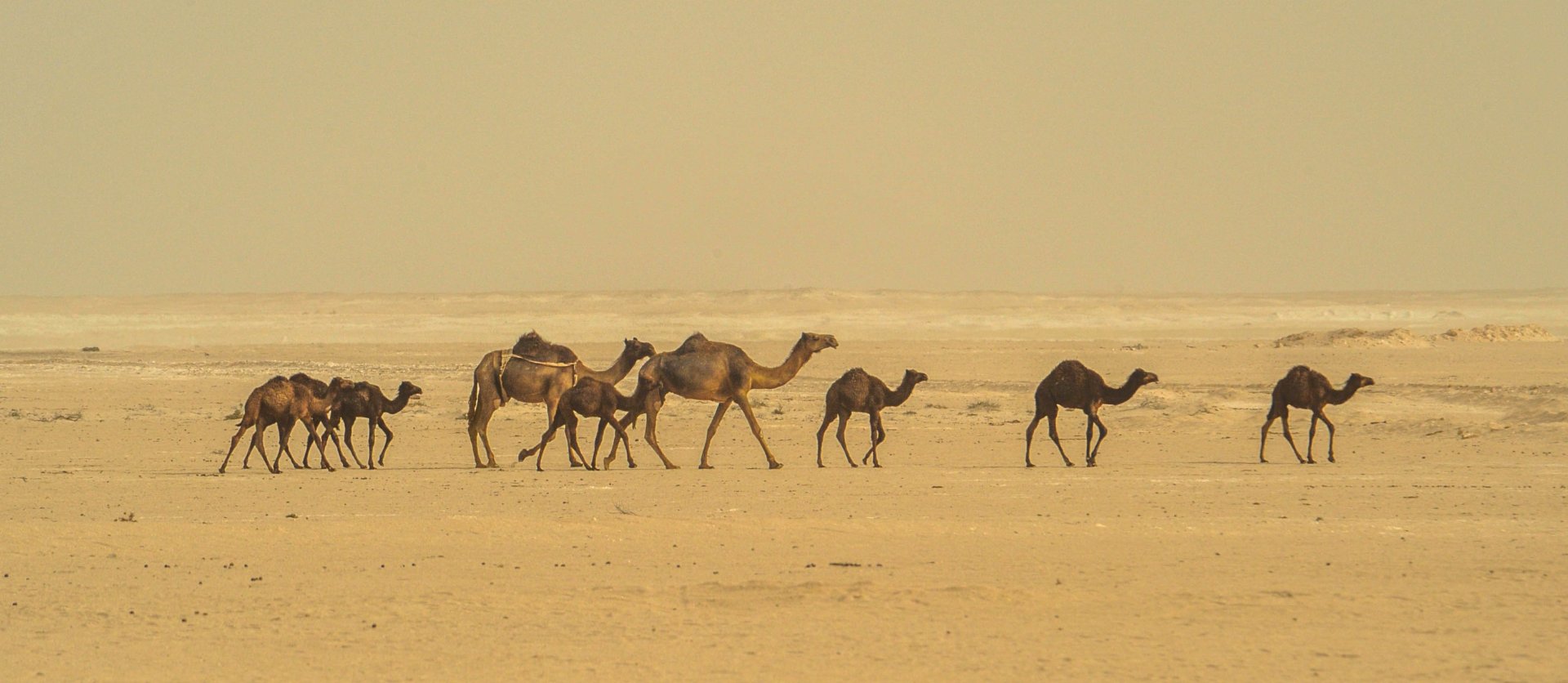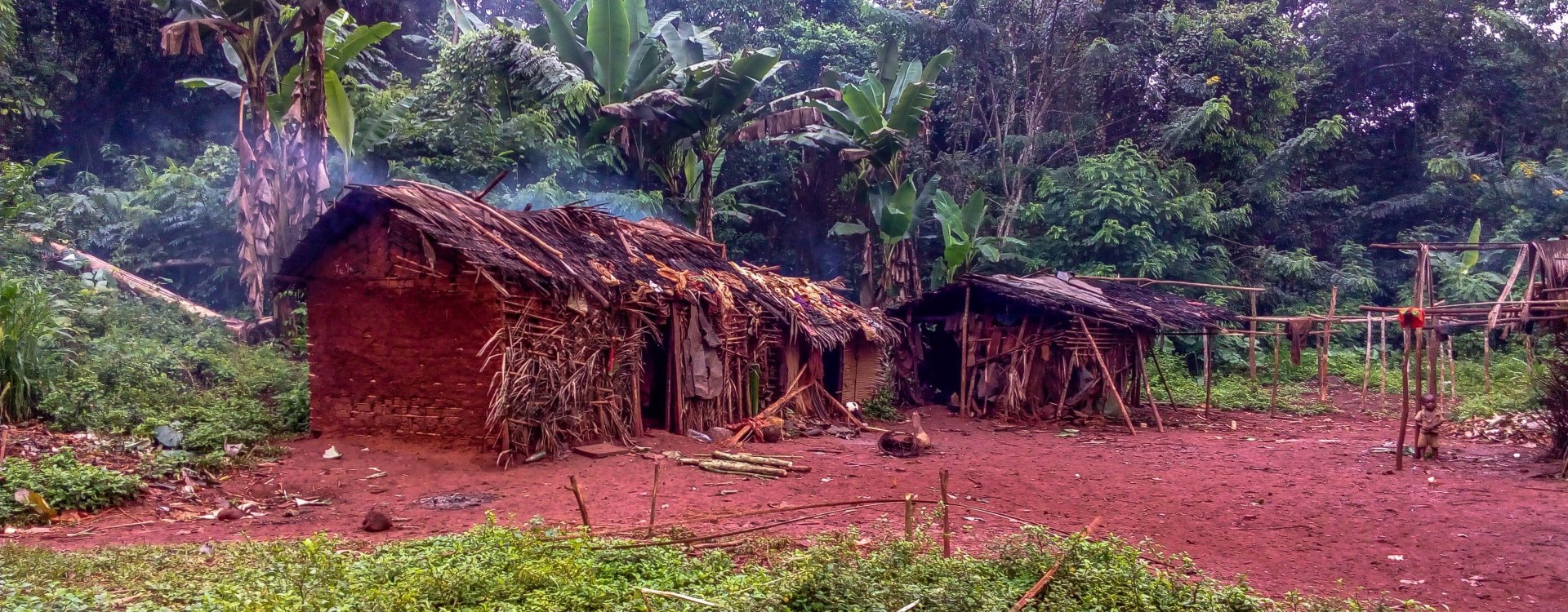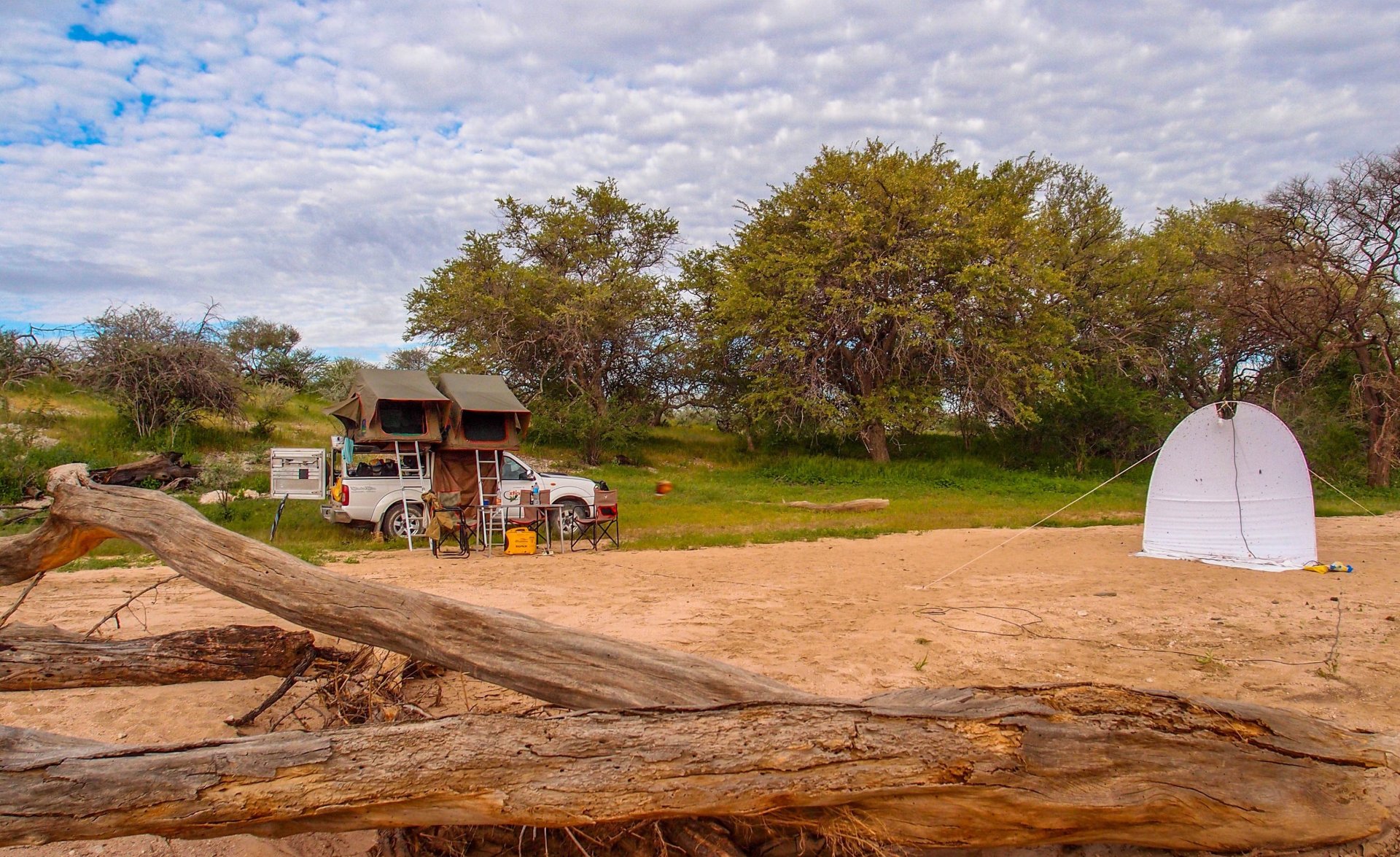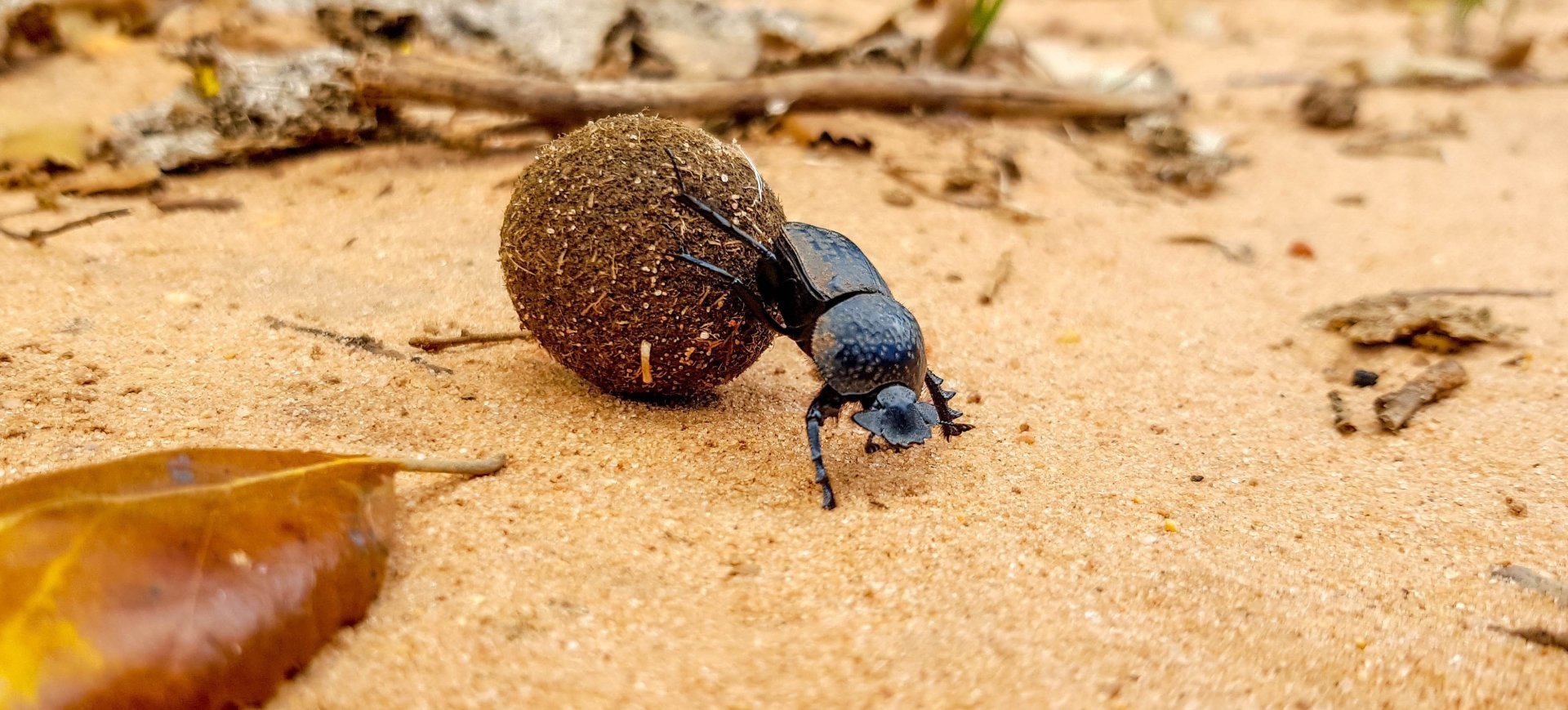







![]() Information: Anthracocentrus capensis is a species found in southern Africa. The impressive species is black-brown in color with significant sexual dimorphism. Males have distinctive large mandibles.It is among the largest Prioninae of Africa.
Information: Anthracocentrus capensis is a species found in southern Africa. The impressive species is black-brown in color with significant sexual dimorphism. Males have distinctive large mandibles.It is among the largest Prioninae of Africa.
It occurs mainly in dry and desert areas with native stands of large Acacia sp. trees, where it is locally common.
Body length: 28 - 110 mm
Peak activity: (December)- February - May
![]() Remarks: The species occurs towards the end of the main season. During the day, it hides under the bark, in various crevices and in the area of bare roots. They are active at night when they come out of hiding. They are often attracted to light sources. Unlike the two Palaearctic species, the female is also active on the light trap.
Remarks: The species occurs towards the end of the main season. During the day, it hides under the bark, in various crevices and in the area of bare roots. They are active at night when they come out of hiding. They are often attracted to light sources. Unlike the two Palaearctic species, the female is also active on the light trap.
I caught Anthracocentrus capensis in 2015 on the border of the Republic of South Africa and Zimbabwe in the vicinity of Musina (Tshipise env.), Limpopo province. It can therefore be assumed that it also occurs in southern Zimbabwe.
![]() Distribution: Angola, Namibia, South Africa
Distribution: Angola, Namibia, South Africa
Zoogeographic region: Afrotropical
![]() Taxonomic classification:
Taxonomic classification:
![]() Katalog und Fotoatlas der Bockkäfer Namibias | Adlbauer 2001
Katalog und Fotoatlas der Bockkäfer Namibias | Adlbauer 2001
![]() Material examined (& observation):
Material examined (& observation):
Namibia ![]()
Erongo Region
Usakos env.
(GPS) ![]()
Altitude ~900 m a.s.l. | 15.3.2014
![]() Our observation period: March ~ April
Our observation period: March ~ April![]() Sampling Methods: Attracted to light trap
Sampling Methods: Attracted to light trap ![]()
![]()
 Namibia
NamibiaPrioninae of the world (Jiří Pirk) - photos of the type material
Prioninae of the world
The World of Prioninae (Norbert Delahaye)
Coleoptera Cerambycidae Prioninae Anthracocentrus capensis
![]() Notes sur le genre Anthracocentrus en Afrique; Bouyer 2023.pdf
Notes sur le genre Anthracocentrus en Afrique; Bouyer 2023.pdf